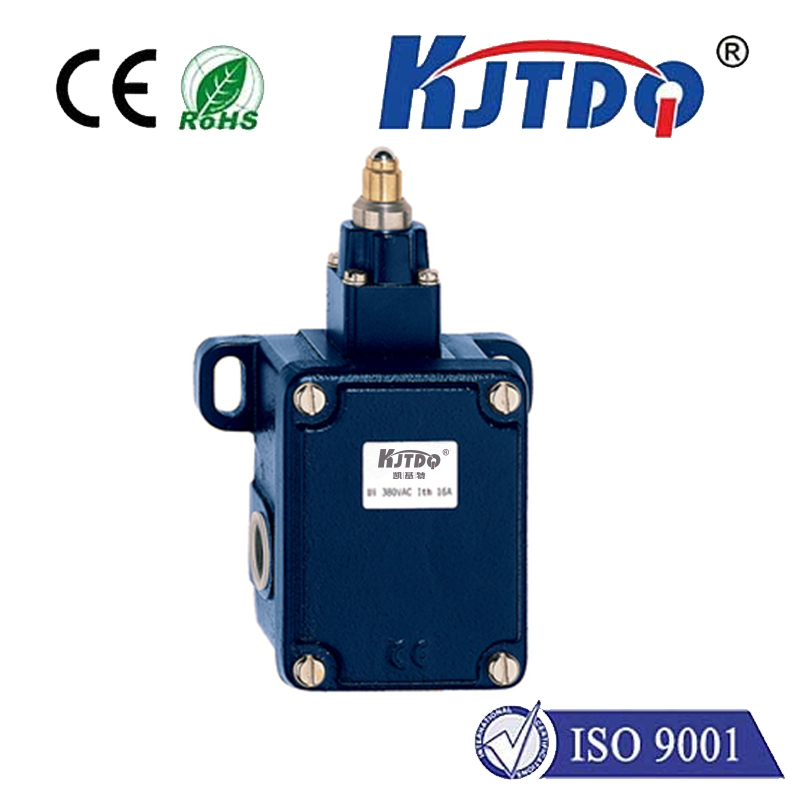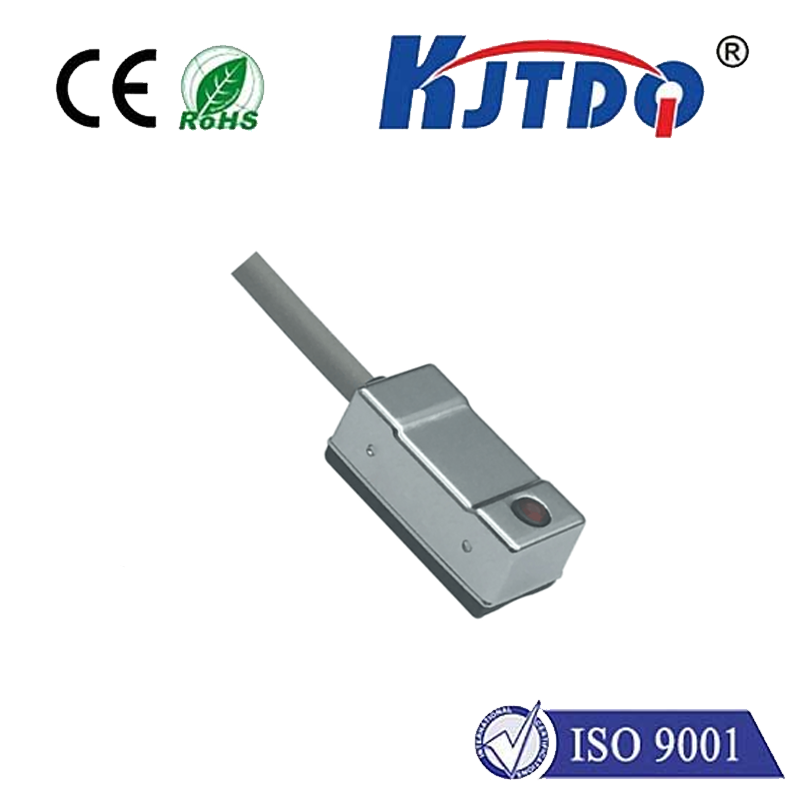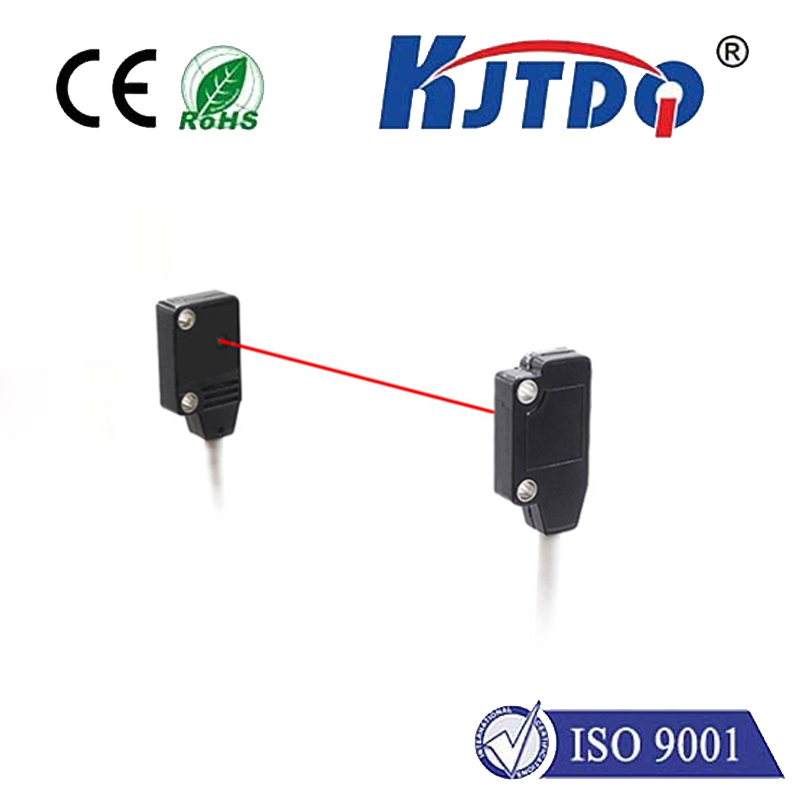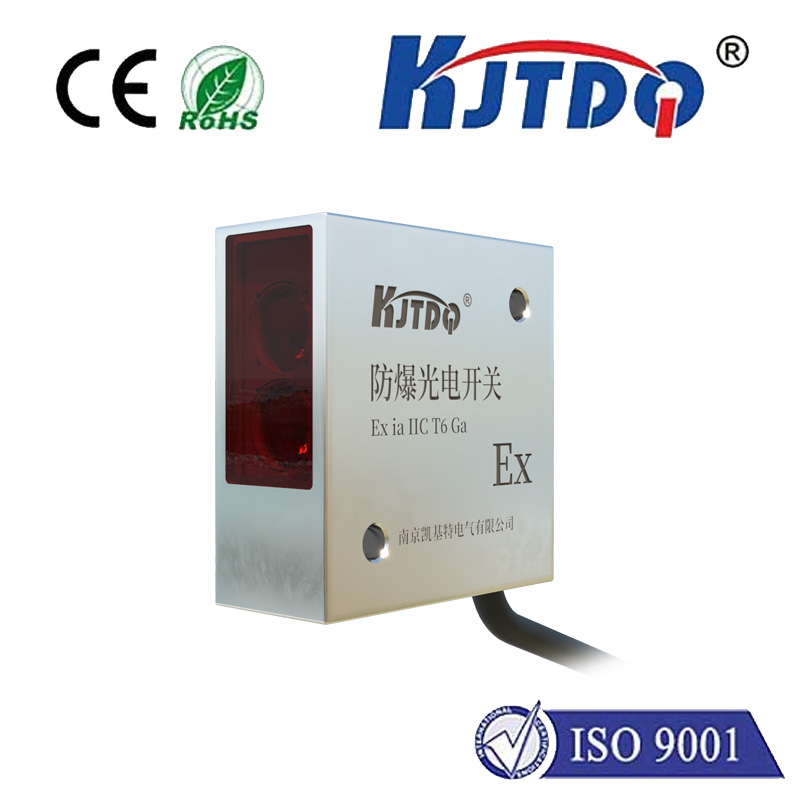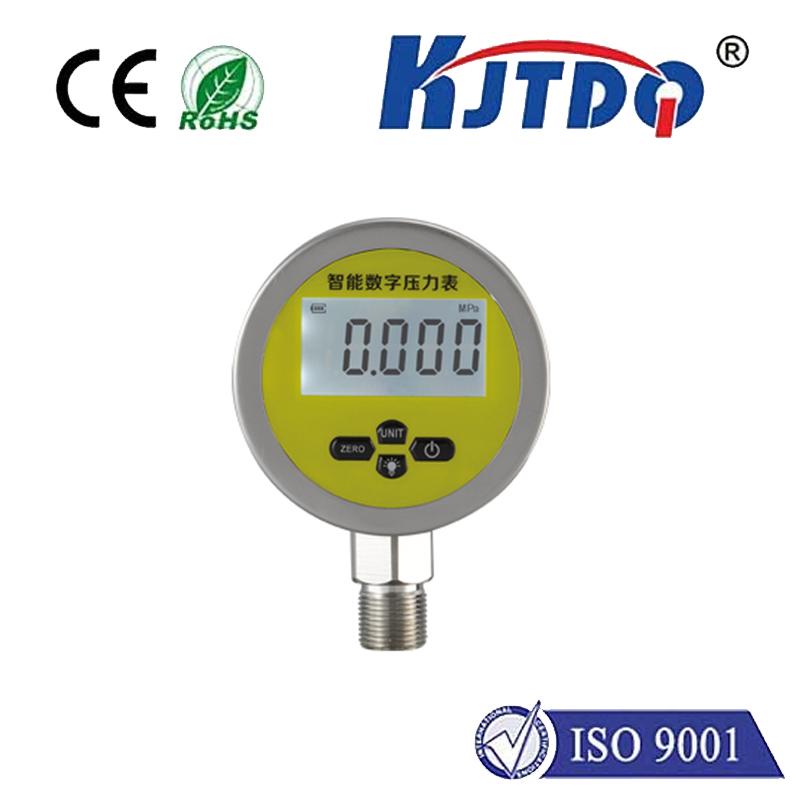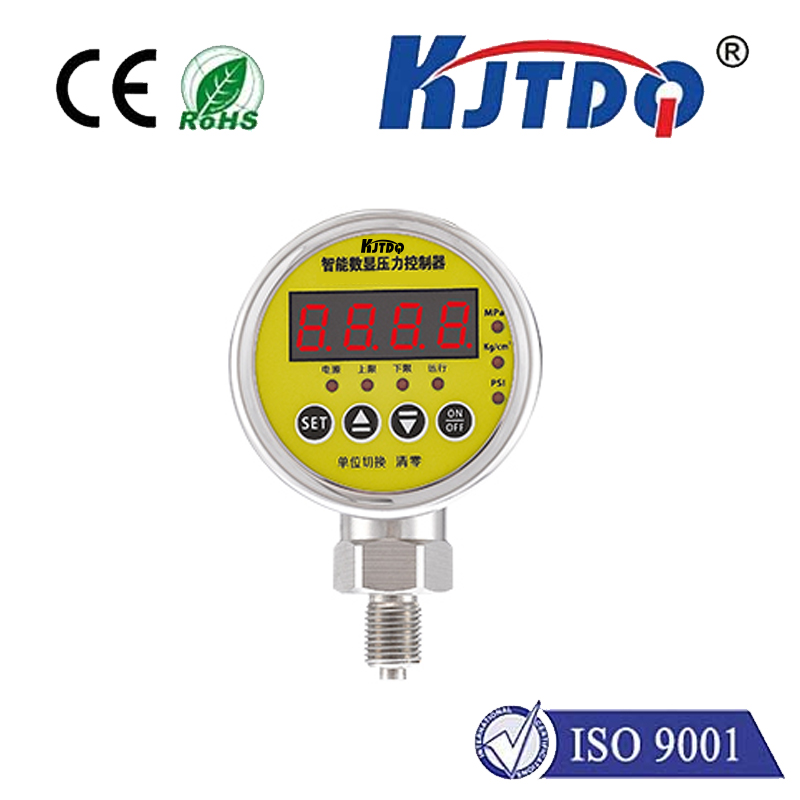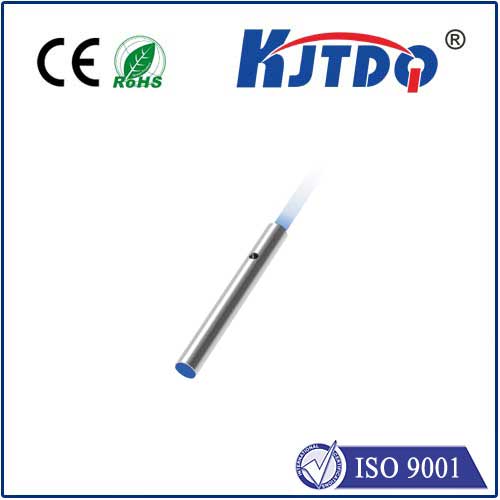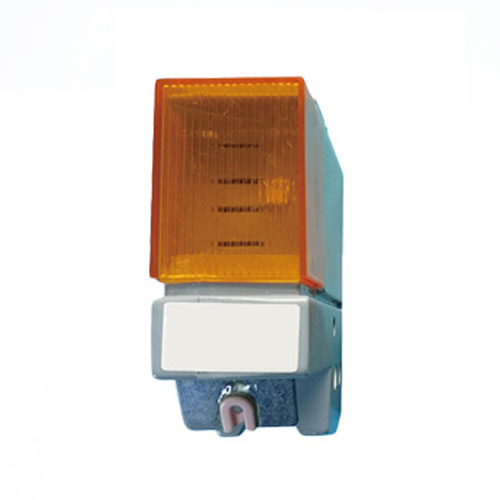digikey proximity sensor
- time:2025-07-07 15:17:19
- Click:0
Unlock Precision Automation: Your Guide to Proximity Sensors on DigiKey
Imagine machinery that anticipates movement, lights that welcome your approach, or manufacturing lines flowing flawlessly because components “sense” each other perfectly. This invisible intelligence, fundamental to modern automation and countless gadgets, often relies on one critical component: the proximity sensor. For engineers, designers, and procurement specialists tasked with sourcing these vital components, DigiKey Electronics stands as an indispensable global resource. This guide delves into the world of proximity sensors, highlighting how DigiKey’s unparalleled selection, technical depth, and efficient platform streamline your search for the perfect sensing solution.
What Exactly is a Proximity Sensor?
At its core, a proximity sensor is an electronic device designed to detect the presence, absence, or distance of an object without requiring physical contact. It achieves this through various technologies, emitting a field or beam and reacting to changes caused by a target entering its detection zone. This non-contact principle offers significant advantages: minimized wear and tear, enhanced reliability, faster response times, and the ability to operate in environments where contact is impractical or hazardous (e.g., dirty, wet, corrosive). From detecting metal parts in robotic assembly and managing liquid levels in tanks to enabling touchless faucets and smartphone screen activation, proximity sensing is ubiquitous.

Navigating the Main Proximity Sensor Types on DigiKey
DigiKey’s vast inventory showcases the diversity of proximity sensing technologies. Understanding the core types is crucial for effective selection:
- Inductive Proximity Sensors: Engineered specifically to detect ferrous and non-ferrous metals, these sensors generate an electromagnetic field. When a metallic target enters this field, it induces eddy currents within the target, altering the sensor’s oscillation state and triggering detection. Renowned for their robustness, high switching speeds, and resilience in harsh industrial environments (oil, dust, vibration), inductive sensors are the workhorse of factory automation and machinery. On DigiKey, you can filter by sensing range, housing style (cylindrical, rectangular), output type (NPN/PNP transistor, analog), and shielding (shielded for flush mounting, unshielded for longer range).
- Capacitive Proximity Sensors: These sensors detect almost any material – liquids, powders, plastics, wood, glass, and metals – by sensing changes in capacitance. They generate an electrostatic field. When any object with a different dielectric constant enters this field, it alters the capacitance, signaling detection. This makes them incredibly versatile for tasks like liquid level control, presence detection of non-metals, or granular material filling. DigiKey offers models with adjustable sensitivity to fine-tune detection and minimize false triggers from background materials. Their ability to see through certain non-metallic containers adds another layer of application flexibility.
- Photoelectric Sensors: Operating on light beam principles, these sensors come in several flavors. Through-beam sensors have separate emitter and receiver units; detection occurs when an object breaks the beam. Retro-reflective sensors bounce light off a reflector; an object blocking the return beam triggers detection. Diffuse (proximity mode) sensors house both emitter and receiver; detection happens when light reflects off a nearby object. While technically distance sensors, diffuse models configured for close-range object detection function effectively as proximity sensors. Photoelectric sensors excel at long-range detection and handling transparent or colored objects, making them vital in packaging, material handling, and security systems. DigiKey’s extensive photoelectric section allows filtering by sensing mode, beam type (visible, laser, infrared), range, and specialized features like background suppression.
- Ultrasonic Proximity Sensors: Using high-frequency sound waves outside the human hearing range, these sensors measure the time it takes for an echo to return after emitting a sonic pulse. This provides precise distance measurement, but they are equally effective for close-range presence detection. Their ability to detect virtually any material, including transparent objects or those in foggy/dusty conditions, makes them unique. Ideal for bin level monitoring, parking assistance, and object detection on conveyor belts. DigiKey lists ultrasonic sensors with various beam patterns, analog/digital outputs, and robust housings for challenging environments.
Why DigiKey is the Premier Source for Your Proximity Sensor Needs
Finding the exact right sensor amidst thousands of options can be daunting. DigiKey transforms this complexity into a manageable, empowering experience:
- Unrivaled Breadth & Depth: Offering millions of components from hundreds of leading manufacturers (like Omron, Schneider Electric, Honeywell, Sick, Panasonic, TE Connectivity), DigiKey provides the industry’s most comprehensive selection of proximity sensors. Whether you need a specialized high-temperature inductive sensor, a miniature capacitive sensor for a medical device prototype, or a long-range photoelectric beam, it’s likely in stock and ready to ship.
- Powerful Parametric Search: DigiKey’s online search engine is a game-changer. You can filter the massive proximity sensor inventory with incredible precision. Narrow down by:
- Sensor Type (Inductive, Capacitive, Photoelectric, Ultrasonic)
- Sensing Distance (Specify your required range in mm or inches)
- Output Type (NPN, PNP, N.O./N.C., Analog Voltage/Current)
- Housing Material & Shape (Stainless steel, nickel-plated brass, plastic; cylindrical, rectangular, block)
- Electrical Specifications (Voltage range, current consumption)
- Mounting Type (Flush, non-flush, bracket mount)
- IP Rating (Critical for environmental protection - IP67, IP68, IP69K)
- Special Features (High temperature resistance, chemical resistance, IO-Link compatibility)
- Instant Access to Critical Information: Every product listing provides immediate access to essential resources: comprehensive datasheets, detailed specifications, CAD models (for seamless integration into your design software), application notes, and often, manufacturer-specific configuration tools. This empowers informed decision-making without leaving the DigiKey platform.
- Global Availability & Rapid Fulfillment: DigiKey operates a massive, highly automated distribution center ensuring most proximity sensors ship same-day. This speed and reliability are crucial for meeting project deadlines and minimizing production downtime. Their global logistics network provides consistent service worldwide.
- Technical Support & Community: While primarily a self-service powerhouse, DigiKey offers valuable technical resources, forums, and knowledgeable support staff to assist with complex selection questions or application challenges.
Choosing the Right Proximity Sensor: Key Considerations Leveraging DigiKey
Selecting the optimal sensor involves clearly defining your application’s requirements and leveraging DigiKey’s tools:
- Target Material: Is it metal (use inductive)? Or non-metal like plastic, liquid, wood (use capacitive or ultrasonic)? What about transparency (photoelectric or ultrasonic)?
- Required Sensing Distance: Precisely how far away does the sensor need to detect the object? This immediately narrows down viable proximity sensor types and specific models within them. Use DigiKey’s distance filters.
- Environmental Conditions: Consider temperature extremes, exposure to water/coolants/oils/dust, potential chemical splashes, or washdown requirements. IP Rating and housing material (












